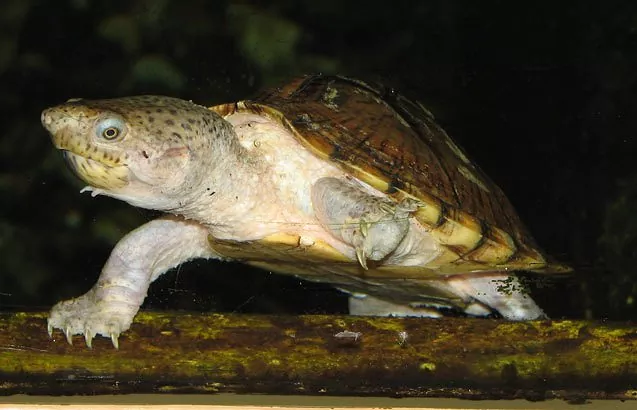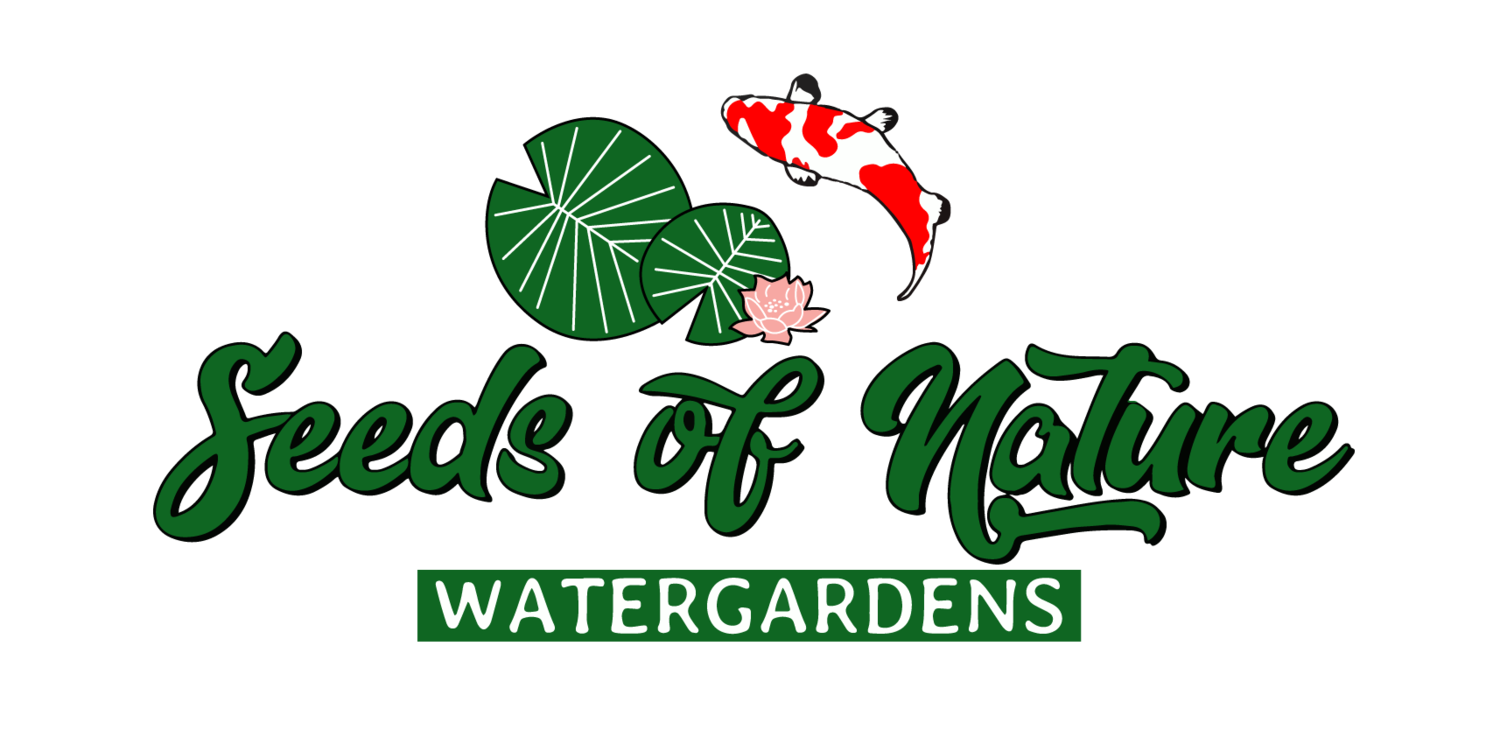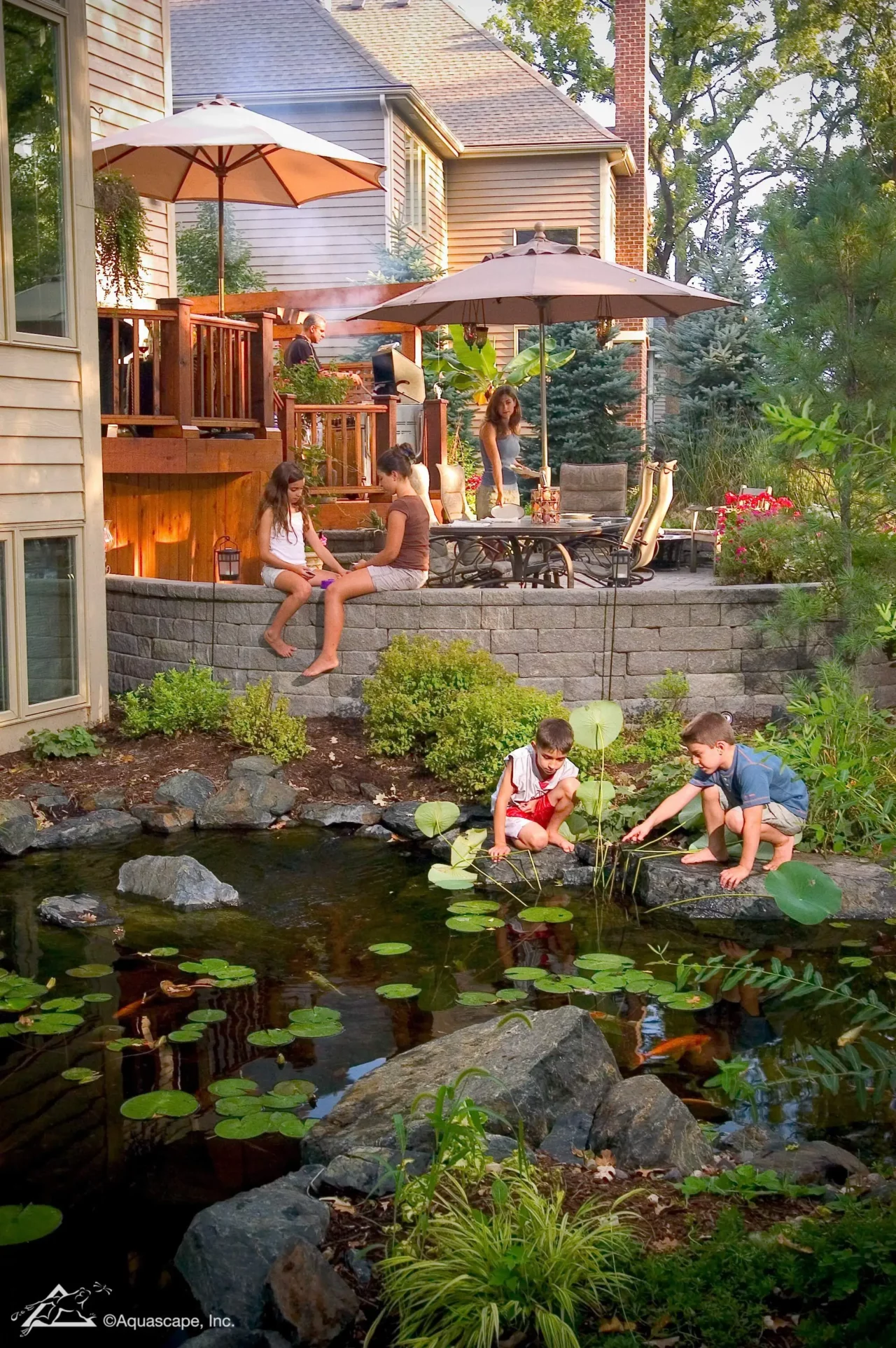This is the best turtle to keep in oregon in your outdoor pond. The purpose of this article is to address requests I have received from pet and pond enthusiasts who express their interest in keeping turtles in their outdoor ponds in Oregon.
Turtles are not an animal I would suggest to anyone and everyone as a pet due to their intensive needs with habitat and diet. If I can dissuade you from owning a turtle I will. I have spent a considerable amount of time rescuing pet turtles from owners who were ill equipped with their care and I can not stress enough the amount of time and labor needed to give them a reasonable environment to thrive.
With that being said it is possible and simple once you understand the basics that are needed to care for these animals. Turtles, especially in captivity, live for a very long time, some cases over 50 years. They need specialized habitat, diet, and are prone to a multitude of illnesses such as shell rot, eye infections, and respiratory infections.
Oregon Native Turtles
Oregon has (2) native species, the western pond turtle and the western painted turtle, which are highly protected by law and are not legally allowed to be sold, purchased, or kept as pets without a special ODFW permit due to their threat level. They are classified as special concern due to their dwindling numbers from urban expansion and predation and competition from non-native invasive species.
For this reason, ODFW has strict rules and classifications for which turtle species can be purchased, sold, or kept in Oregon. I encourage the reader to do their own due diligence in regards to the legality of the turtle they are looking to keep, especially since laws change frequently and my recommendation might not be legal in the future.
Under no circumstances should you keep Red-Eared Sliders or Common Snapping Turtles in Oregon without a permit. They are the two species of turtle that have successfully become invasive and continue to breed in the state. I love red-ears, and have kept them as pets out of state, but as the most aggressive aquatic turtle they are a direct competitor to the states natives and must be kept away. I have seen wild populations in Oregon, namely around city centers in Tigard and Beaverton, and unfortunately they can be easily found in parks and watershed environments nearby.
Before I share my recommendation I must address the circumstances that must be met in order to provide one of these animals a habitat to thrive. These requirements are focused more for the hobbyist who wishes to keep an animal outside in an ornamental or recreational water garden or pond.
Turtle Pond Must Haves
Filtration
Your pond should include adequate filtration and water circulation as the first and foremost concern. Yes, turtles thrive in low quality water conditions in the wild, such as eutrophic lakes and bogs, but with these bodies of water the risk of parasites and disease is increased. It is better, especially for the uninitiated hobbyist, to provide exceptional water quality to mitigate the risk of disease.
Turtles are naturally messy animals and produce a disproportionate amount of nitrogenous waste. Backyard ponds are a closed ecosystem, unlike natural bodies of water which rely on seasonal rain events and groundwater replacement. This is why having a natural ecosystem filtration system to remove nitrogenous waste from the water column is paramount. High ammonia levels can be harmful.
Your circulation pump should not be resting on the bottom of the pond. Not only does this put turtles at risk of harm from impellers, but it also circulates the least oxygenated water through the biological filter, which impedes its function. Turtles can actually process oxygen underwater through small glands near their backends, so providing the highest dissolved oxygen content in the water column is paramount to increasing their health.
Some mechanical filtration such as skimmers can work well retrofitted, but the best form of mechanical filtration that can house a pump would be an intake bay. If you do not know how to build this, reach out and we can assist either in the construction or the direction.
Basking and Construction
Next must have would be the availability of dry basking areas in adequate sunlight. Turtles need a dry place to bask in order to absorb sunlight and completely dry themselves. As a reptile, they depend upon sunlight to help regulate their body temperatures, control metabolism, and to absorb UVB light for regular function. It is important that your basking area does not allow the turtle to dismount into an object like a boulder since this can cause bodily harm.
Captive turtles regularly experience a condition known as shell rot, due to the inability to completely dry themselves during basking periods. Secondary infections regularly occur from shell rot. If your pond location does not recieve full sun as adequate for basking areas you must either move the location of the pond or abandon the project altogether.
In addition to the dry basking area, the interior pond construction underwater must not have any interstitial space between boulders or wood that would cause a turtle to become stuck. Underwater cover is important for turtles to escape from predators and the sun, but you must insure there are no spaces that would cause them to become trapped. They are naturally inquisitive and will undoubtedly find these areas.
Most turtles prefer soft bottoms such as clay or sand, but small gravel works just as fine. When it comes to hibernation, if you do not want to have mud bottoms you can build a soft tunnel using large drain pipe filled with leaf debris or barley straw for the turtle to burrow into. 2′ deep is minimum for this tunnel to escape the frost line. Please research turtle hibernation on your own.
Fencing
(Check out Garden State Tortoise or Greg’s Turtle Haven on YouTube for fencing ideas)
The final must have for any turtle pond is an enclosure fence around the area. You do not need to build a lanai, but a wooden fence that would limit their escape from the area, as well as a predator deterrent is a must have. A 2″ x 12″ board with a 2″ x 6″ lip to limit crawling escape is the minimum needed to secure the animal. Ensure that there is plenty of dry land area that the turtles can dig, since females will need to lay eggs, even if they aren’t fertilized, otherwise they can become eggbound.
The addition of an electric fence wire on the outside to deter predators such as raccoons is preferable as well. It is your responsibility to secure the animals so that they are not able to leave the area. It is unlawful to release non-native and permitted captive native turtles into the wild in Oregon, and this includes poor management practices such as lack of containment.
Oregon Turtle Hobby For Outdoor Ponds
You can view ODFW’s permitted list here.
But, I have gone over this list, excluded the turtles that would not survive the 7-8 grow zones outdoors, and excluded turtles that are not readily available from captive breeders, or are endangered due to poaching for the pet trade.
Razerback Musk Turtle Kinosternon carinatum

Found in Alabama, Arkansas, Louisiana, Mississippi, Oklahoma, Florida, and Texas, these turtles have the ability to survive 7-8 zone winter temperatures which we experience in most of Western Oregon. Sorry Eastern Oregon, but this turtle is not right for you.
Coming in at a 7″ maximum size, this small turtle is easier to care for, creates less waste, and is more aquatic than similar turtles. A carnivore, with a diet of small fish, insects, aquatic invertebrates, crayfish, and snails . They will also occaisionally eat duckweed or elodea. Krill pellets can be a great supplement to the above, but do not rely on them otherwise they will miss out of important nutrients.
Their characteristic ridge on their carapice give them their name, and although they are a musk turtle, the musk smell is not common in captivity. With a common lifespan of 20 years, this can be easily doubled with the right care.
They prefer slow moving water with aquatic vegetation.
An extremely common and widely available captive bred turtle, this species is easily found, so the risk of getting a poached turtle is low.
Oregon law states you cannot purchase a turtle smaller than 4 inches, so you have to find a breeder that can provide a larger animal.
As always I recommend doing your own research on these animals, and to make sure you are equipped with their specialized care including but not limited to their habitat. I can not stress this enough.
I hope this article helps you with determining which type of turtle is best to keep in Oregon.
Happy Turtling!

